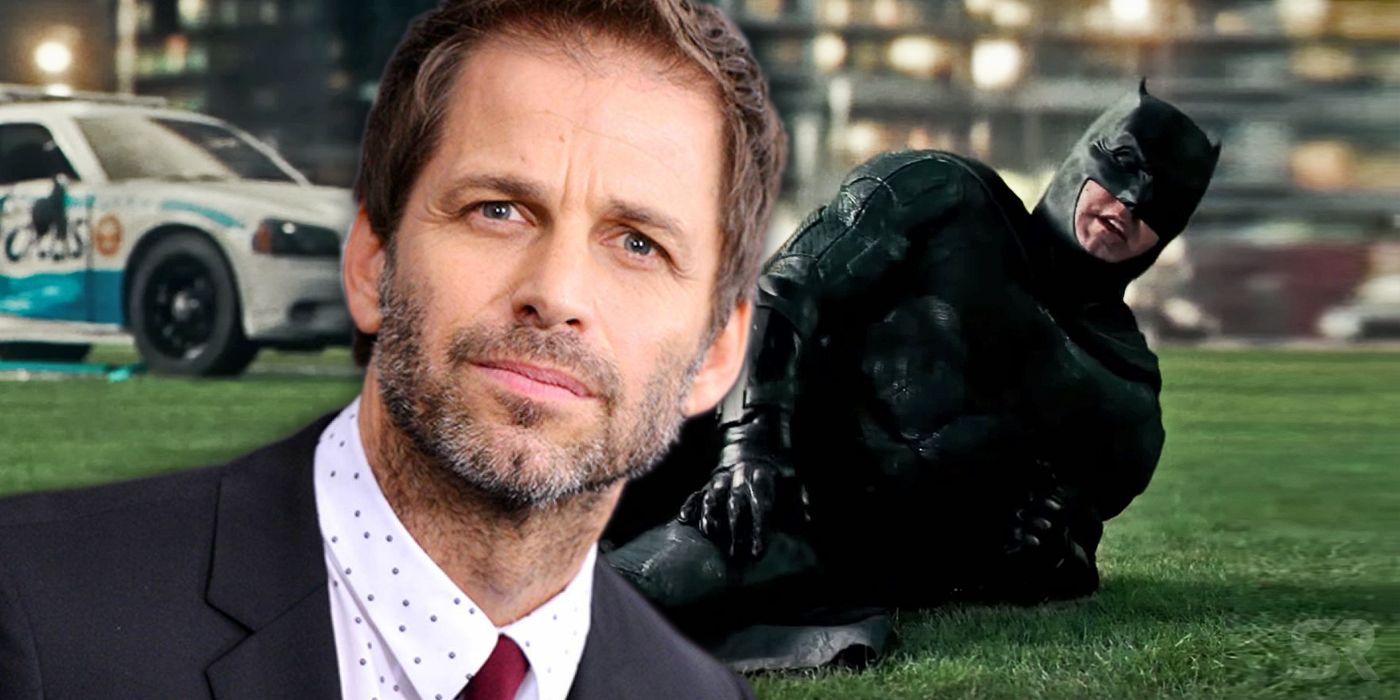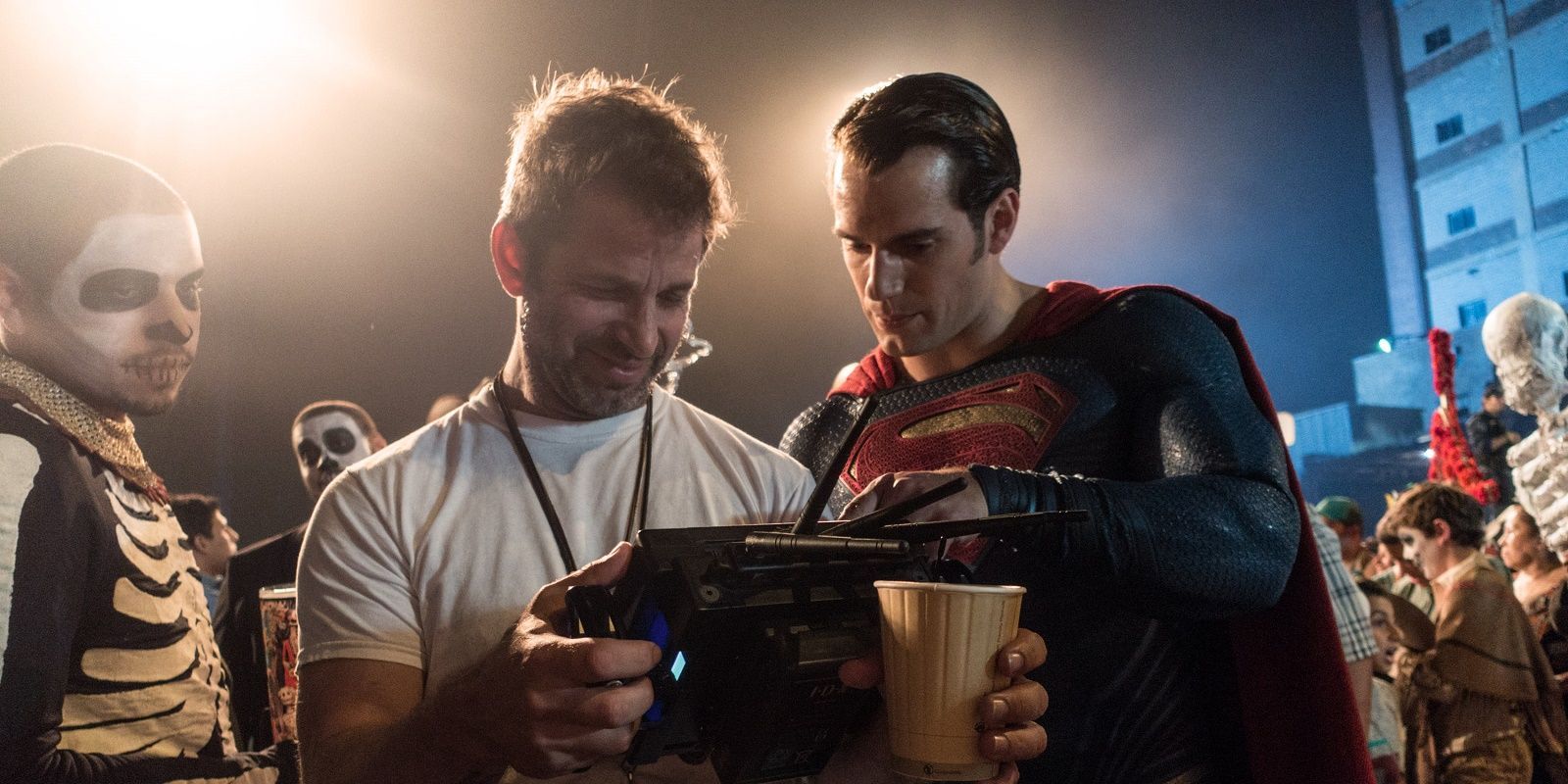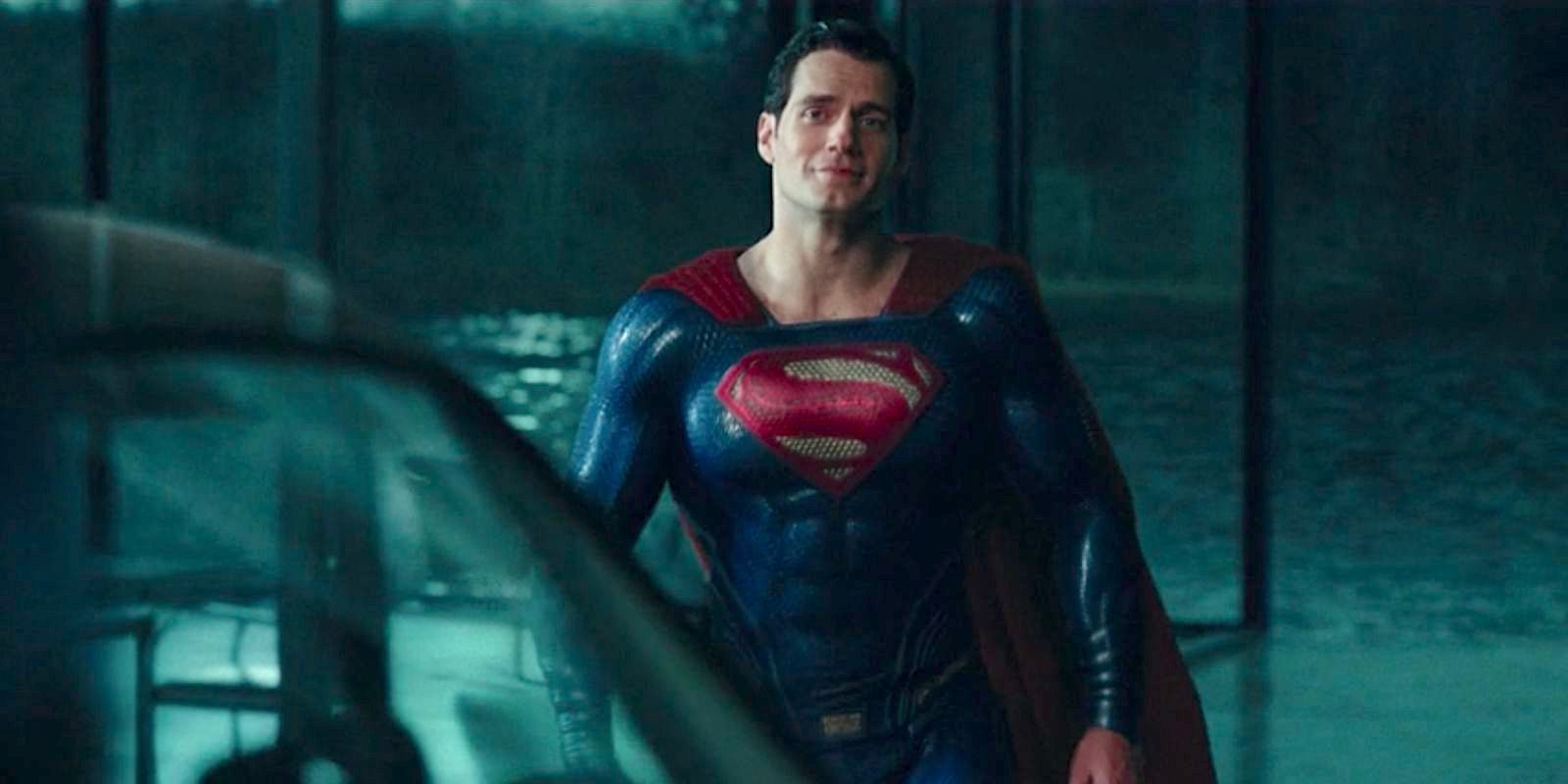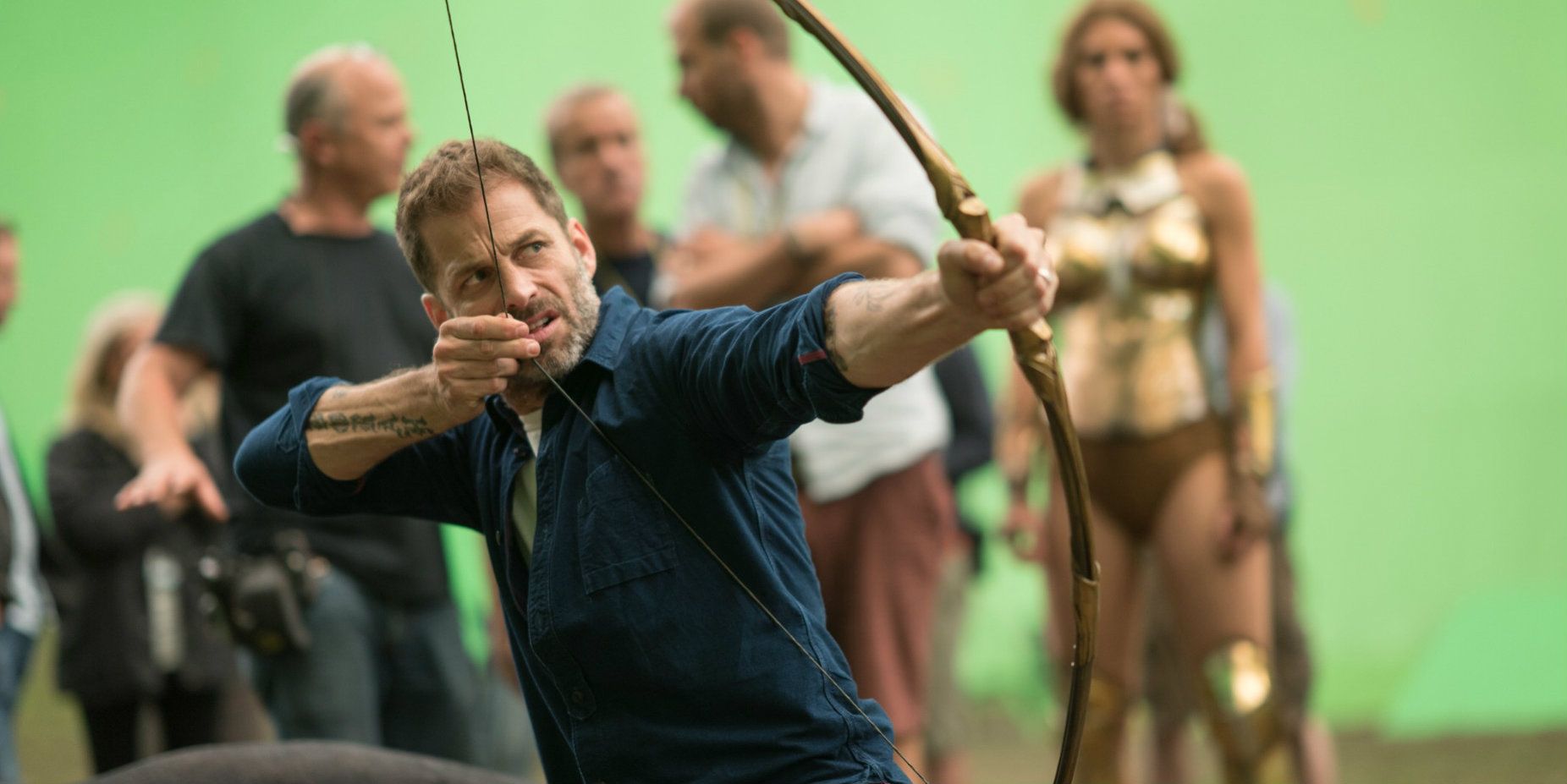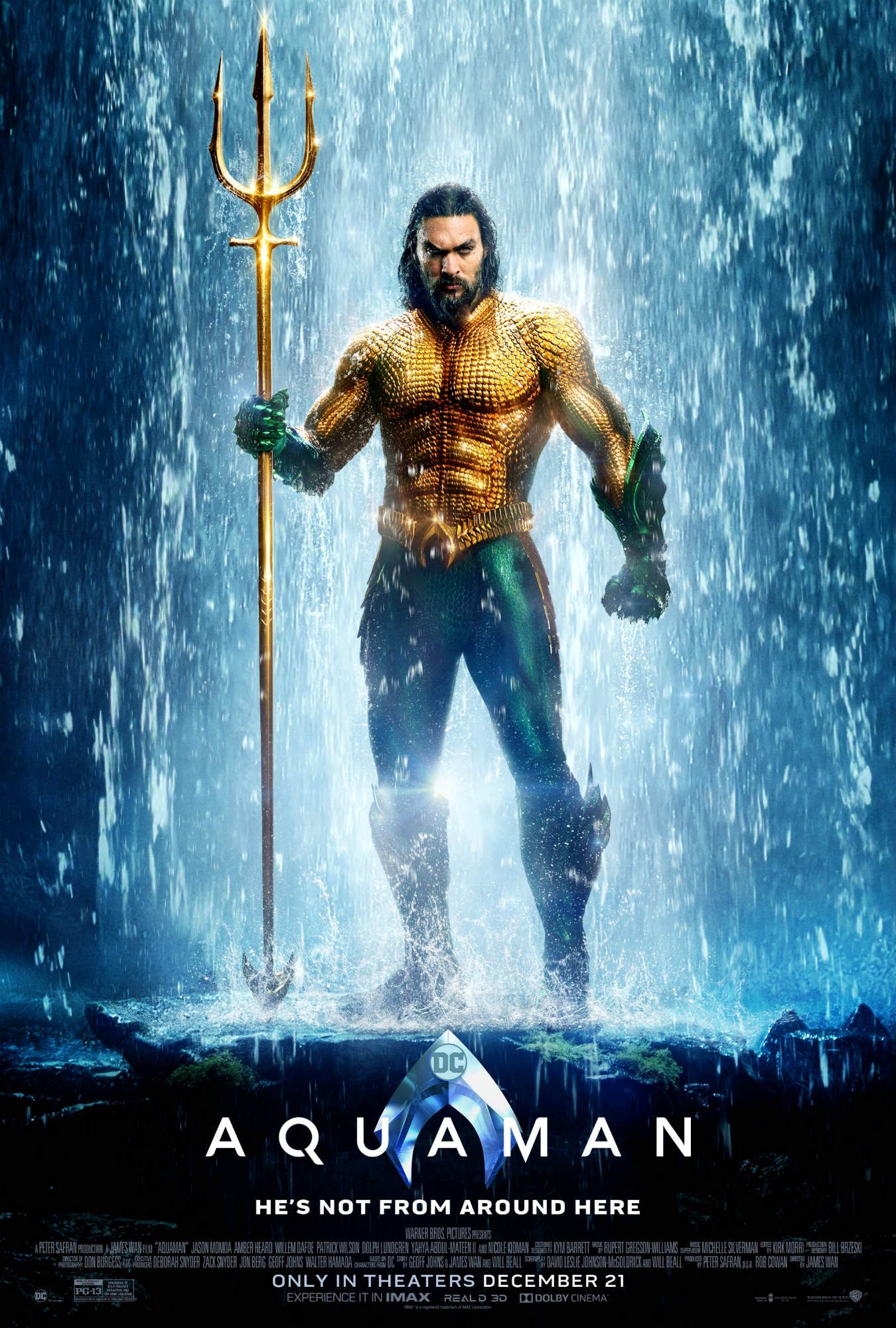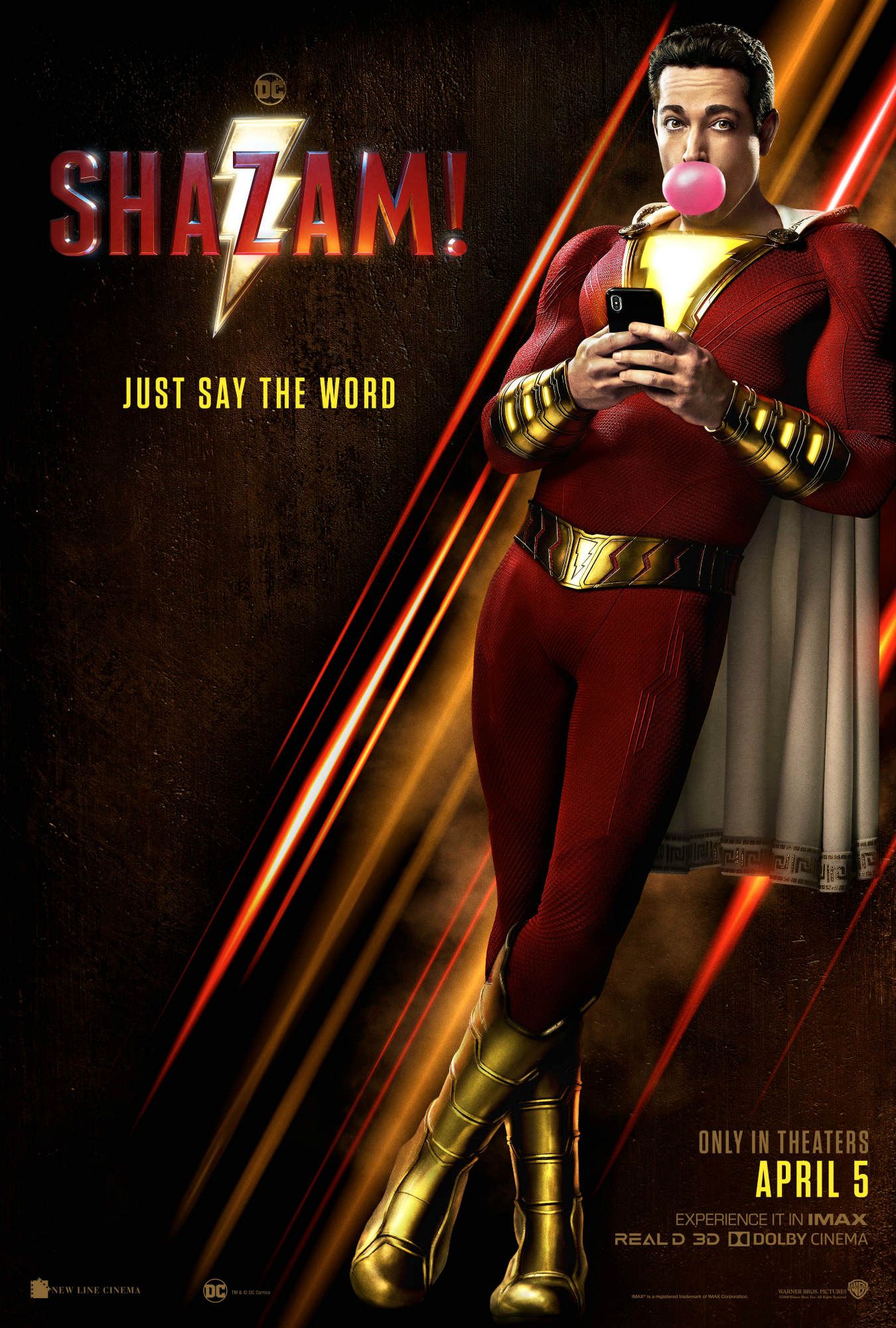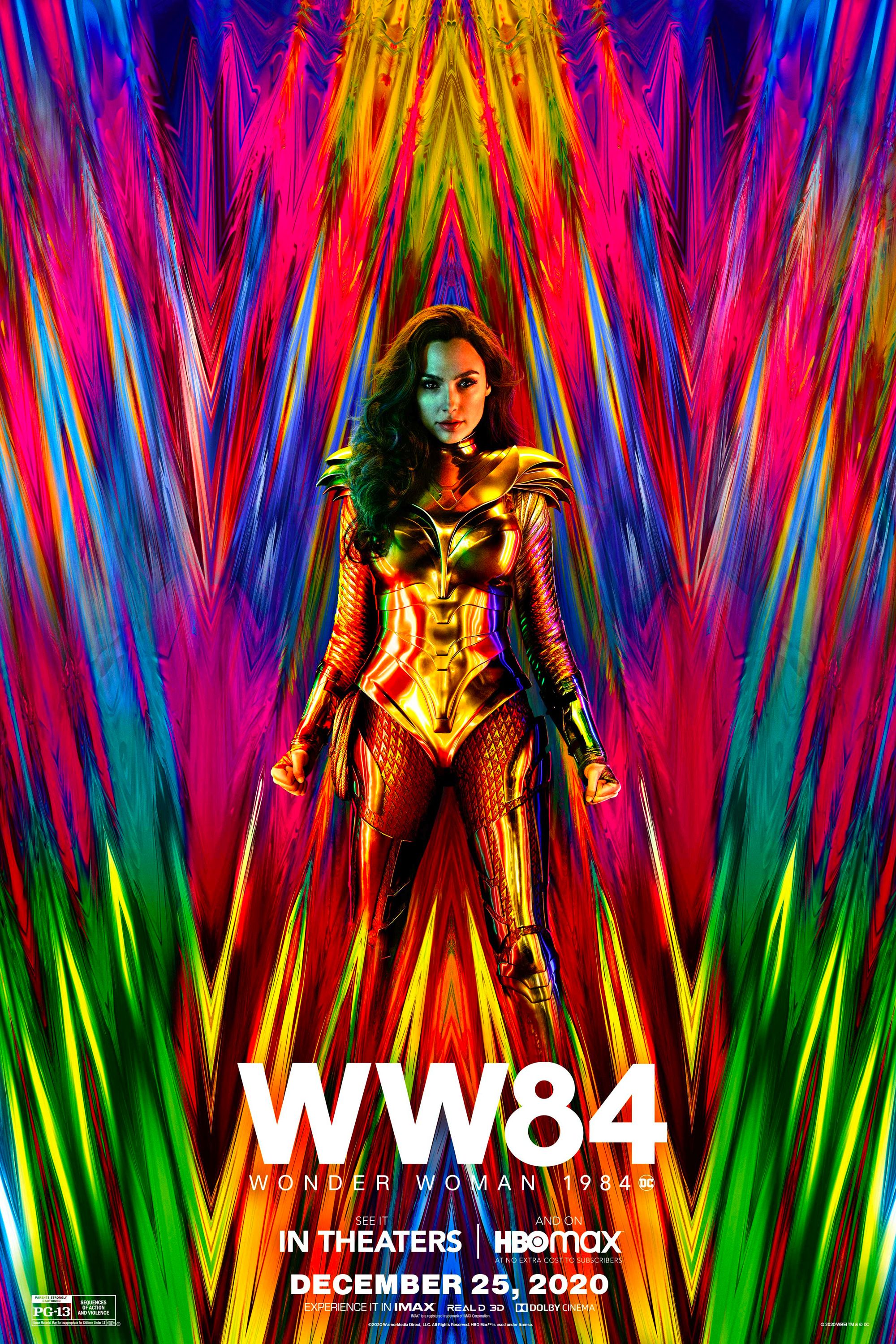The Justice League Snyder Cut isn't just important to fans: even if you don't like Zack Snyder as a filmmaker, his version of Justice League remaining an incomplete hypothetical is a bad thing for studio cinema.
Since Justice League lumbered into cinemas last year as a Franksteined effort, earning derision from DCEU fans and detractors alike, the Snyder Cut movement has become as emboldened as it is mocked. There have been petitions, protests outside Warner Bros., and extensive fan projects attempting to "raise awareness" of the push for the original director's vision, which have typically been countered by cold, hard facts. Snyder left the film in May 2017, according to some reports forcibly, and the film he'd been working on was drastically retooled by Joss Whedon, who implemented obvious reshoots to streamline the narrative and lighten the tone (and destroying Superman's upper-lip in the process). There is, plainly, no completed Snyder version of the film - he left before it could be finished - and there's nothing to suggest Warner Bros. are making any moves to alter that: they changed the DCEU's direction for a reason.
Related: Justice League: Everything Blocking The Release of Snyder's Cut
However, that's not what the Justice League Snyder Cut is really about at all. The assembly cut Zack Snyder did, by all accounts, complete is the version of the movie in question, with rumors since suggesting that the filmmaker is using his ownership of the material to finish the project in some form. This Justice League would still be compromised in multiple manners - the film's principal photography was marred by rewrites to Chris Terrio's initial script meaning not everything was shot, while the exact state of the cut is unclear it will be far from finished, and the logistics of release are a whole topic to themselves - but is the closest to what Snyder envisioned.
Plainly, the Justice League Snyder Cut does and doesn't exist depending on your definition of what the Snyder Cut actually is. And that's a problem. So much of the past eight months has been spent on the "existence" of the Snyder Cut, the status of it beyond that, and whether it will ever be released. The question has been raised of if it will actually be better than the released Justice League, but while that is a worthy question to make, whether or not the Snyder Cut is a good or even marginally improved movie is beside the point. The Snyder Cut is necessary exactly because of how it exists.
- This Page: Zack Snyder Being Controversial Isn't A Bad Thing
- Page 2: What The Snyder Cut Really Represents
Snyder Is Controversial Because He Is An Artist
That Zack Snyder is now viewed as divisive, and in many ways stands as a mascot of the oft-purported fan-critic divide, is both shocking and only to be expected. When he emerged as a new force in the early 2000s, he was a stylistic darling. Dawn of the Dead was the rare horror remake of the decade to get positive attention and 300 was viewed as entertaining as it was revolutionary. And then there's Watchmen, which was genuinely divisive: it got a range of opinions from people of all creeds and reverence to the source graphic novel, with much personal; you couldn't draw a line based on whether one was a fan or a critic.
The first genuine knock against Snyder came with Sucker Punch, a garish, twisted B-movie action romp that used fascist imagery and heavy CGI to tell a story that was evidently very personal to the director. And it was not liked. After three line-toeing adaptations, his mind had cooked up something challenging on almost every level. It's also at this point the fandom, and the defense that hinges on a case of understanding rather than artistic reading - that you only don't like something because you don't understand it - began to form.
Related: What Was Zack Snyder's FULL Plan For the Knightmare Scenes?
From this standpoint, Snyder is not the person to mastermind a mega-budget shared universe of varying, interlocking stories. He approaches his creations with a defined storytelling approach and visual style that's apart from the mainstream. That is going to court discussion, and not all of it positive.
Basically, he is an auteur.
And that's the problem with Snyder. Downright bad directors don't get the same hate as artistic ones with affronting sensibilities. Michael Bay will always court a stronger reaction than a low-budget Netflix movie because, for everything that's toxic and unsettling about his films, they're made with someone who knows how to use cinematic techniques (this may be why Transformers: The Last Knight landed so flatly for many - it lacked the verve and enthusiasm to truly go full Bay). The Cloverfield Paradox disappointed by franchise association and frustrated due to it slapdash script, but it couldn't offend due to that very incompetence. Bay, Snyder and other critcially-reviled auteurs create such strong divides because they use the form to do something.
That's not to say there's anything wrong in disliking these or any other directors. Skill used badly or artistic drive unmanaged can be just as disruptive as an overreaching lack of talent, and all of this is subjective to the individual viewer. But it means that when people say Bay or Snyder have made a "bad" film, the point is more nuanced. Snyder is an artist, and here's where the step to Justice League becomes so dangerous.
Page 2 of 2: What The Snyder Cut Really Represents
The Theatrical Cut Of Justice League Is Bad For Art Discussion
One of the defining praise-memes of the Batman v Superman: Dawn of Justice community is the drive to declare it as "art". This is fundamentally flawed. Not because the film isn't art, but because to claim that simply being art is a positive trait misses the point. Every film is art. 2001: A Space Odyssey or Jason X. The Deer Hunter or Heaven's Gate. The Dark Knight or Batman v Superman. They are all art my nature of being the product of the artform. To claim Batman v Superman is art therefore it is good is to enter into a long-won debate about whether cinema sits alongside more classical forms, something even video games have now moved past.
And, yes, Justice League is art also. But here's where things get complicated, because Justice League is also nakedly product. It's something the studio and theater chains want to sell, as well as a springboard advertisement for merchandise and other related materials. This is true of every movie of any size - be it a Marvel or A24 release - but in the case of Justice League, the lines are especially blurred. The 2017 release was done to fit Warners bonus structure, the two-hour runtime was enforced to provide something more commercial, and Whedon's reshoots were executed to retrofit based on negative reactions.
Related: Justice League Reshoots: Every Change Whedon Made To Snyder's Film
The reaction that Justice League was a step in the right direction because it had more jokes or to ignore how prevalent its tortured production is in every single scene - the two most common defenses - endorse art singularly as product. So too does dismissing the Snyder Cut's existence or what it represents. The Snyder Cut is the Justice League of another reality, and it's one that honors the vision of its auteur. Subjective quality may be up for debate, but the critical theory reading of that can only be positive.
The Snyder Cut Is The Mascot For Lost Directorial Freedom
The same argument can be made about other recent artistic what if's? Edgar Wright's Ant-Man. Colin Trevorrow's Star Wars 9. But each of those has the distinction of the creative and studio clashing and the former being removed (one way or another) early in development. Lord & Miller's Solo: A Star Wars Story comes close to Justice League given that the directors were fired (incidentally, just before they hit the 90% of filming required to give them the director responsibility per the DGA, the same rule that allows Snyder to work on his own, unreleasable cut), but no matter what version of events you follow, that case still has a divide coming from pre-agreed plans.
Snyder's Justice League is unique from having the ground move from under him - he was blocked from making the film he was hired to do - putting the blame squarely on the studio, and making his cut actually repressed.
-
To dislike Snyder's first two entries in the DCEU and expect his third to be similar is entirely natural, as is to not necessarily want to clamor for the release of his Justice League. But there's more to it than just a movie; there's a cultural underpinning, a lost picture from one of the biggest scale auteur filmmakers working today. It represents a way in which movies cannot be the product of their directors, and how entirely unartistic concerns override pre-agreed creative directions. The discussions about what state any alternate version is in are, as established, fluid, and the questions of its quality and release are unlikely to be resolved soon, but what there should be no debate on is that Zack Snyder's Justice League needs to exist.

